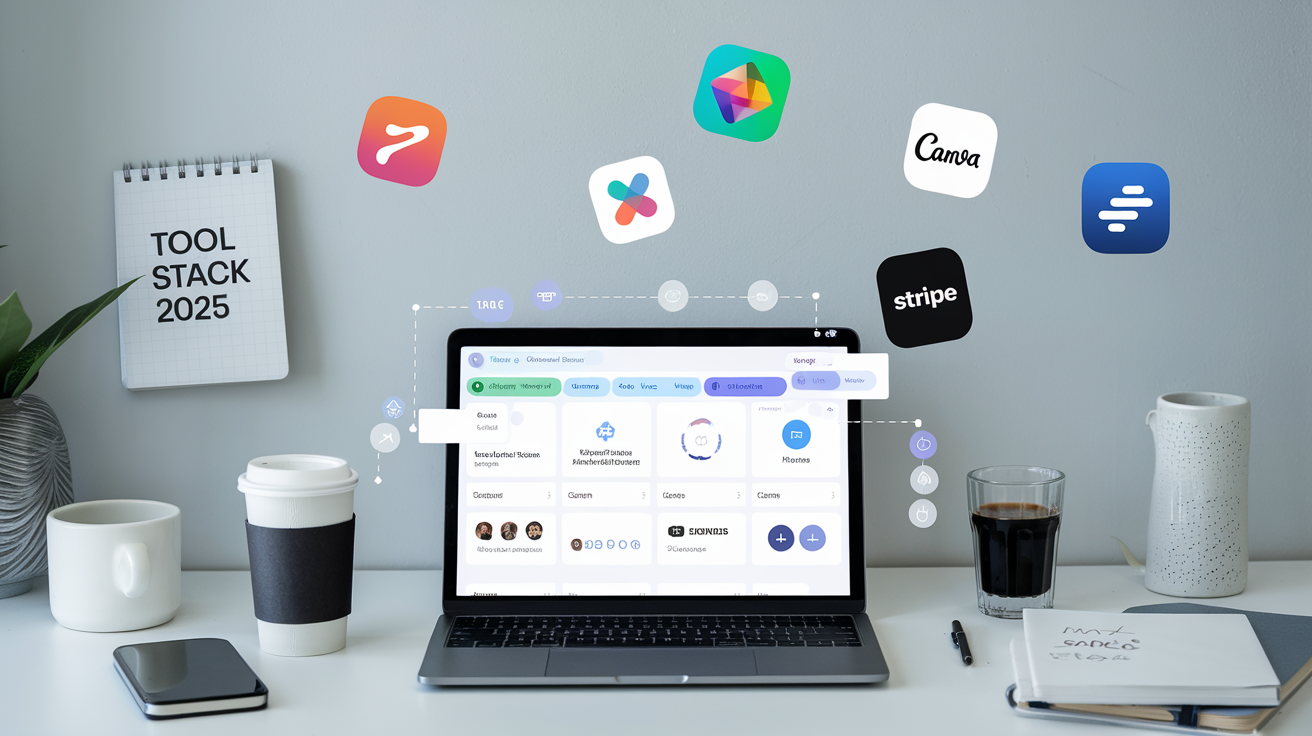How to Get Your First 100 Email Subscribers Fast
Building an email list is essential for anyone looking to connect directly with their audience and grow their online presence. Gaining the first 100 subscribers can feel challenging, but it largely comes down to offering clear value and making it easy for people to sign up.
The fastest way to get your first 100 email subscribers is by using targeted incentives like lead magnets, engaging opt-in forms, and leveraging existing networks without relying on paid ads. Focusing on authentic engagement and simple, proven strategies helps build a loyal subscriber base quickly.
By understanding the key tactics to attract and nurture these initial subscribers, anyone can jumpstart their email list with minimal resources and see real results in a short time.
Laying the Groundwork for Email Growth
Building a strong foundation requires identifying who the email list is for, making it easy for people to subscribe, and offering something valuable in exchange for their contact information. These steps ensure a targeted and effective start.
Defining Your Audience
Knowing exactly who the email list serves is critical. The audience’s demographics, interests, and pain points guide all other decisions. Without a clear understanding, messages risk being unfocused and ineffective.
He or she should create an ideal subscriber profile that includes age, profession, interests, and challenges. This clarity allows the creation of targeted content that appeals directly to those people. Defining the audience also informs where to promote the signup form and what lead magnet will attract them.
Setting Up an Effective Signup Form
The signup form must be simple, visible, and accessible on multiple touchpoints like the website homepage, blog posts, or social media pages. Including only essential fields—usually just name and email—reduces friction for new subscribers.
It’s helpful to place the form above the fold and use contrasting colors for the call-to-action button. Including a brief statement near the form explaining what subscribers will receive builds trust. Testing different form placements and designs can optimize conversion rates.
Crafting a Compelling Lead Magnet
To motivate signups, a lead magnet offers immediate value relevant to the audience’s needs. Common formats include checklists, ebooks, templates, or exclusive videos. The key is ensuring it solves a specific problem or answers a question the audience has.
The lead magnet should be easy to consume and delivered instantly after signup. Clear labeling of what the subscriber will get improves perceived value. Combining this with the signup form’s promise encourages more users to join quickly.
Proven Strategies to Attract Your First 100 Subscribers
Building an initial email list requires focused and targeted actions that tap into existing audiences and trusted voices. Effective techniques include actively sharing offers where potential subscribers already engage, using trusted relationships, and partnering with established figures in the industry.
Promoting on Social Media Channels
Social media platforms provide direct access to potential subscribers interested in related content. Prioritizing channels where the target audience is most active helps increase visibility efficiently.
Posting consistently with clear calls to action boosts sign-ups. Use engaging formats like short videos, polls, and stories to drive attention. Incorporating lead magnets such as free guides or templates encourages users to subscribe.
Paid social ads can target audiences by interests, demographics, and behaviors for faster list growth. However, even organic efforts benefit from strategic posting times and interactive content.
Leveraging Your Existing Network
Your current contacts can provide a strong foundation for early subscriber growth. Sharing your newsletter sign-up link in personal and professional circles generates trusted referrals.
Asking colleagues, friends, and existing customers to subscribe and share the newsletter expands reach naturally. Personalized messages explaining the value of the newsletter improve conversion rates.
Using email signatures, LinkedIn posts, and community groups to mention the newsletter creates multiple touchpoints within relevant networks.
Collaborating With Industry Influencers
Partnering with influencers introduces your newsletter to their established audiences, providing valuable social proof. Select influencers whose followers closely match your target demographic.
They can promote the newsletter via guest posts, social media shoutouts, or joint webinars. Offering something exclusive, like co-branded content or special offers, increases appeal.
Mutually beneficial arrangements motivate influencers to actively support the list-building effort. This approach builds credibility quickly by association with reputable figures.
Maximizing Results With Optimization and Follow-Up
Effective list building does not stop at attracting subscribers. Improving signup form placement and design, crafting personalized welcome emails, and consistently tracking performance are key steps that directly impact growth and engagement.
Testing Signup Placement and Design
The location of signup forms significantly affects subscription rates. Placing forms in high-visibility areas like at the end of blog posts, within sidebars, or as exit-intent popups can capture interested visitors.
Design should prioritize simplicity and clarity. Using minimal fields (email only or name and email) reduces friction. Strong calls-to-action (CTAs) with contrasting colors help forms stand out.
A/B testing different placements, button colors, and copy is essential. Tracking which versions yield the highest conversions guides iterative improvements. Even small adjustments, such as changing button text from “Subscribe” to “Get Updates,” can increase signups.
Personalizing Welcome Emails
The first email after signup sets the tone for subscriber engagement. A personalized welcome message using the subscriber’s name increases open and click rates.
Welcome emails should clearly state what subscribers can expect, such as the email frequency and content type. Including links to popular content or exclusive offers encourages immediate interaction.
Automation makes sending personalized messages scalable. Segmenting new subscribers by interests or signup source allows tailored messaging, improving relevance and retention.
Tracking Performance and Adjusting Tactics
Consistent monitoring of key metrics—open rates, click-through rates, conversion rates—is necessary to understand what works.
Using analytics tools, one can identify underperforming signup forms or email content and test new approaches.
Regular reviews support data-driven decisions. For example, if a welcome email’s open rate is low, rewriting the subject line or adjusting send time may help.
Maintaining flexibility and responsiveness in strategy preserves momentum toward growing the list efficiently.






